The Last Nail In The Coffin Of Soviet Small Arms - The AN-94

The Soviet Union's adoption of the new 5.45mm cartridge, along with the new AK74 assault rifle in 1974, marked a significant development for the Soviet military. This new caliber cartridge features better ballistics, is sufficiently powerful, and has a light recoil. Although the AK74 assault rifle has many advantages, it did not entirely resolve the main issue that has plagued the AK since its inception: accuracy during burst fire, as the Soviets prioritized burst over semiautomatic fire.
The AK-74 marked a notable advancement compared to its predecessors; however, the Soviet military assessed that it did not entirely fit with their mechanized combined arms doctrine and expressed a desire for improved accuracy in burst fire. In the late 1970s, the USSR initiated a competition to develop a new automatic weapon that would exceed the capabilities of the AK-74. This initiative stemmed from recognizing specific limitations in existing Soviet assault rifles, prompting an official directive that outlined requirements for a new weapon system designed to enhance performance on contemporary battlefields.
In 1981, the Abakan project was launched to create a new assault rifle that would increase combat effectiveness by 1.5 to 2 times compared to the AK74. Conceptualizing the new weapon, designing it, producing prototypes, and conducting factory tests took three years. By August 1984, eight prototypes of assault rifles, developed by eight different designers, had been created. Gennadiy Nikolaevich Nikonov from the Izhevsk Building Plant introduced his prototype, one in a series of prototypes between 1979 and 1992, resulting in 10 different prototypes.
By the end of stage two in 1986, the AS had been modified into the ASM, and both models, along with the TKB-0146 designed by Igor Yakovlevich Stechkin, were the finalists. In the 1987 tests, the Nikonov rifle emerged as the winner over the Stechkin rifle. Consequently, the ASM was accepted for adoption and officially adopted in 1997 as the 5.45-mm Nikonov assault rifle model 1994, known as the AN-94 Abakan, with a GRAU Index of 6P33.
The delay in adoption was mainly due to the collapse of the Soviet Union. Following its dissolution in the early 1990s, Russia experienced significant economic turmoil and a dramatic decrease in military spending.
During this crisis, Boris Yeltsin had the chance to replace the Kalashnikov rifle. However, the country's challenging economic situation and the collapse of its armed forces impeded the planned mass rearmament with a new assault rifle, and purchases were severely limited as they tried to keep the country from further collapsing.
The Gun
The patent states, “The object of the claimed invention is to solve the problem of dispersion reduction when firing by bursts. The problem can be solved by special design of the trigger and firing mechanism, which provides changeable rate of burst fire, as well as by introduction of a device of angular displacement of the barrel assembly relatively the housing, which results in reduction of deflection of the weapon in space in the process of firing.”
The AN-94 features a variable rate of fire, with a two-round burst operating at 1,800 RPM and an automatic mode operating at 600 RPM. It is a gas-operated system with a recoil-operated barreled action, a rotating bolt, and a long-stroke piston. All the other bits are housed within a polymer chassis.
The receiver moves to function with a unique two-stage feed system. The simplified firing sequence begins when the weapon is fired. This action unlocks the barrel, extracts the spent casing, and ejects it. The recoil impulse causes the barrel-receiver assembly to recoil within the chassis.
At the same time, the cartridge rammer quickly removes the next cartridge from the magazine and feeds it onto the lifter. Under the influence of the main spring and the return buffer spring, the bolt group moves rapidly forward, chambering the second round. Once the bolt group locks the barrel, the hammer is automatically released, firing the second shot at roughly 1,800 RPM.
During this process, the receiver continues to recoil within the chassis, and its recoil is absorbed by the spring. After the second bullet is fired and exits the barrel, the recoil cycle of the receiver and barrel group is stopped. At this point, the shooter feels the combined recoil impulse of the two fired rounds, a delayed recoil impulse.
Conclusion
The AN-94 is a complex weapon system that only shines in two-round bursts and gives the same effect as duplex ammunition at the cost of reduced reliability and increased recoil. During one of my tests on the AN-94, I noticed that it had reduced dispersion compared to the AK-74. At a distance of 25 meters, the bullet holes were nearly touching. At 100 meters, they were about 4 inches apart. By 200 meters, the dispersion increased to between 6 and 8 inches. However, all rounds consistently hit a man-sized target at that distance and would significantly increase the chances of a hit on a moving target at least once.
The AN-94 is a remarkable engineering achievement designed to enhance hit probability by firing two rounds simultaneously, increasing the likelihood that at least one will strike the target. Despite these advantages, the AN-94's complexity, the period of its introduction, and high production costs limited its total production to around 3,000 rifles before production ended. For less-trained conscript armies, a simpler and more cost-effective option, like the Kalashnikov, is preferred.
Sources:
US6516700B1 - Automatic weapon - Google Patents
RU2110745C1 - Automatic weapon - Google Patents

Lynndon Schooler is an open-source weapons intelligence professional with a background as an infantryman in the US Army. His experience includes working as a gunsmith and production manager in firearm manufacturing, as well as serving as an armorer, consultant, and instructor in nonstandard weapons. His articles have been published in Small Arms Review and the Small Arms Defence Journal. https://www.instagram.com/lynndons
More by Lynndon Schooler












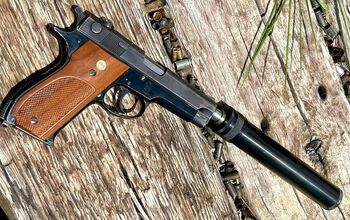
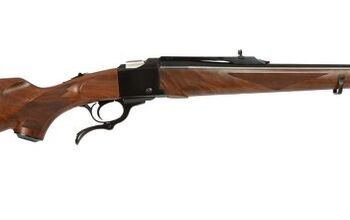
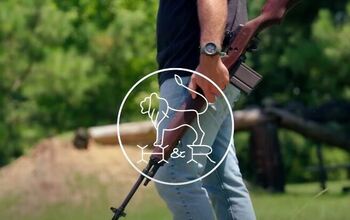
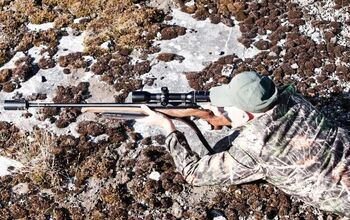




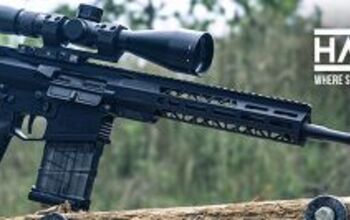
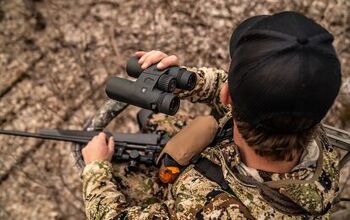

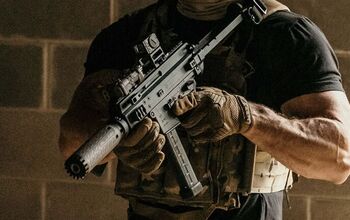
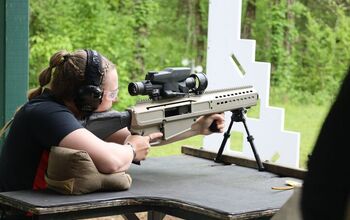




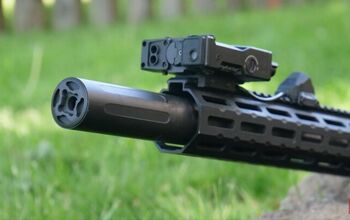
Comments
Join the conversation
in full auto with M-16's, the military calculated that something like 50,000 rounds were being expended for each kill . HUGE waste of ammo at ridiculous cost.
When I first read about this new rifle I was quite impressed by the concept. Political and economic realties doomed it. I would really like to spend a couple hours out on the range with one just for fun and the experience.